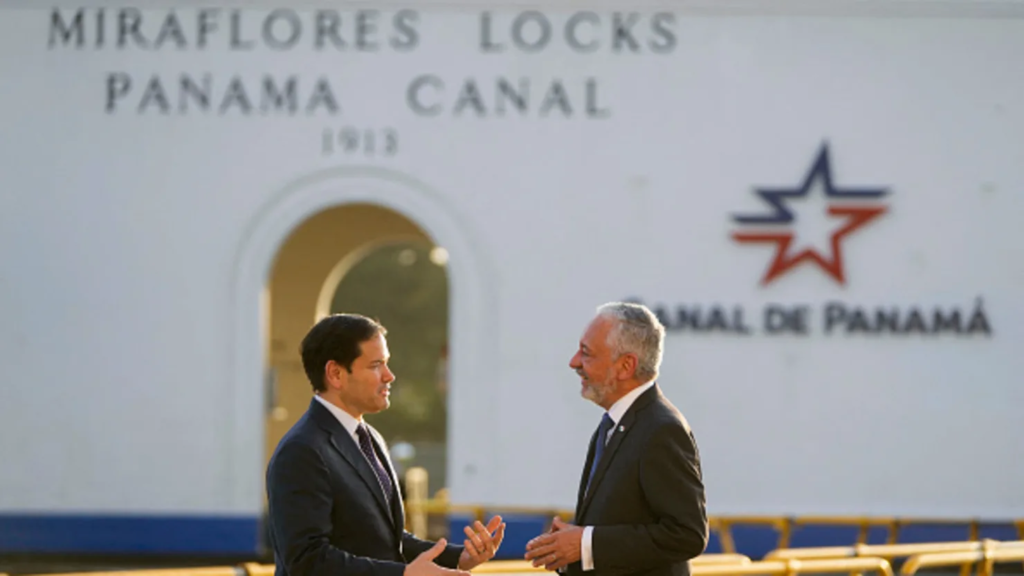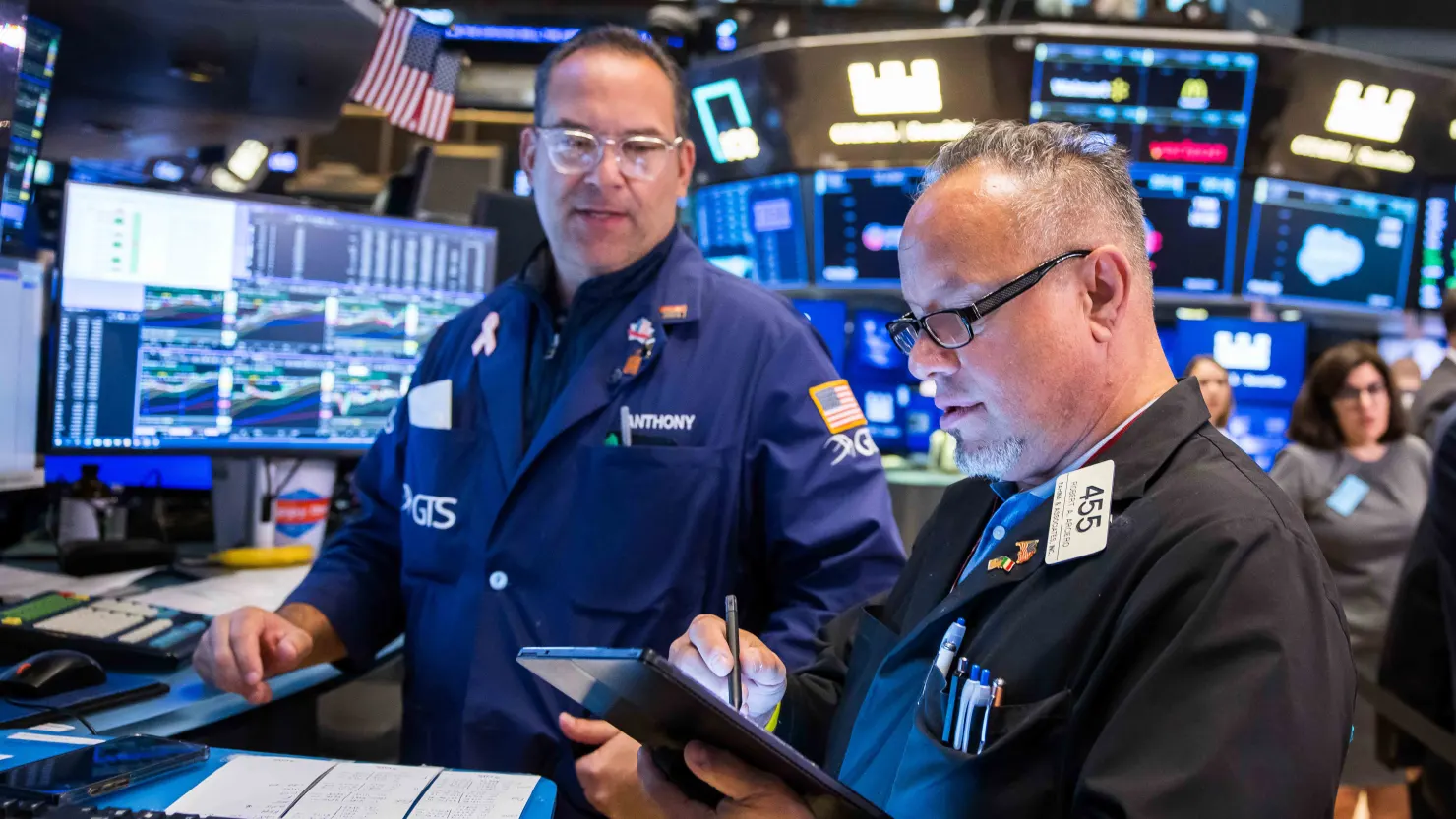

preCharge News POLITICS — The Panama Canal, one of the world’s most critical trade arteries, now finds itself in the crosshairs of President Donald Trump’s escalating trade war with China. Amid severe drought and economic turbulence, the canal’s role as a vital link in global supply chains is under growing pressure.
Trump’s Tariffs Shake Up Global Shipping
Impact on U.S. Ports and Trade Routes
Nearly 40% of all U.S. container traffic, amounting to $270 billion in goods annually, passes through the Panama Canal. However, the economic flow through this historic waterway now faces a slowdown as U.S.-China tensions rise. Trump’s 145% tariff on Chinese imports, set to fully hit U.S. ports on May 27, is already choking the supply chain.
Supply chain intelligence from Project44 shows a 300% spike in blank sailings — canceled shipments — between China and the U.S. since Trump declared “Liberation Day” tariffs on April 2. With fewer containers moving, the canal’s revenues are at risk, despite hitting a record $3.38 billion last year.

Economic Ripple Effects Hit the Canal
Drought, Trade War, and Shrinking Shipments
According to Sea-Intelligence, the Asia-to-North America East Coast trade route saw a staggering 261,822 twenty-foot equivalent units (TEUs) of blanked capacity in the past six weeks. This drop reflects a broader decline in U.S. manufacturing orders and could significantly impact canal revenues.
“Since close to 75% of our cargo goes to or from the United States, any recession worldwide or in the United States will impact the Panama Canal,” said Boris Moreno, vice president of operations for the Panama Canal Authority.
Geopolitical Tensions Complicate Canal Operations
China, U.S. Battle for Influence in Panama
The canal has also become a geopolitical flashpoint, with Trump accusing Panama of leaning too close to China. He has hinted at reasserting U.S. control, claiming the canal’s key ports are under Chinese influence, a claim both China and Panama firmly deny.
Federal Maritime Commissioner Louis Sola echoed Trump’s concerns earlier this year, warning that “Panama has inched closer and closer to China and away from the United States.”
Panama Canal Administrator Ricaurte Vasquez defended his country’s neutrality, pushing back against claims of Chinese control.
“It is not true that we are run by Chinese,” Vasquez said. “We are open to the world. That is the neutrality treaty.”
U.S. Eyes Strategic Moves
BlackRock’s Bold Port Acquisition Attempt
In March, U.S. investment giant BlackRock launched a bid to purchase two major ports at either end of the Panama Canal, along with 40 others owned by Hong Kong-based CK Hutchison. If successful, this move could shift the balance of power in the region’s shipping network. The deal’s outcome remains uncertain, but it underscores the growing strategic interest in the canal as a critical global chokepoint.
Looking Ahead: Canal’s Future in Question
Will Trump’s Trade War Reshape Global Shipping?
As Trump’s tariffs reshape global supply chains, the canal’s future depends on how quickly the U.S. economy can recover and whether the U.S.-China standoff deepens. For now, the Panama Canal remains a vital, if increasingly strained, link in the global trade system.
Want to earn some extra money on the side? Buy PCPi Coin or Subscribe to VIP and get dividens monthly.
____
Associated Press, CNBC News, Fox News, and preCharge News contributed to this report.
























